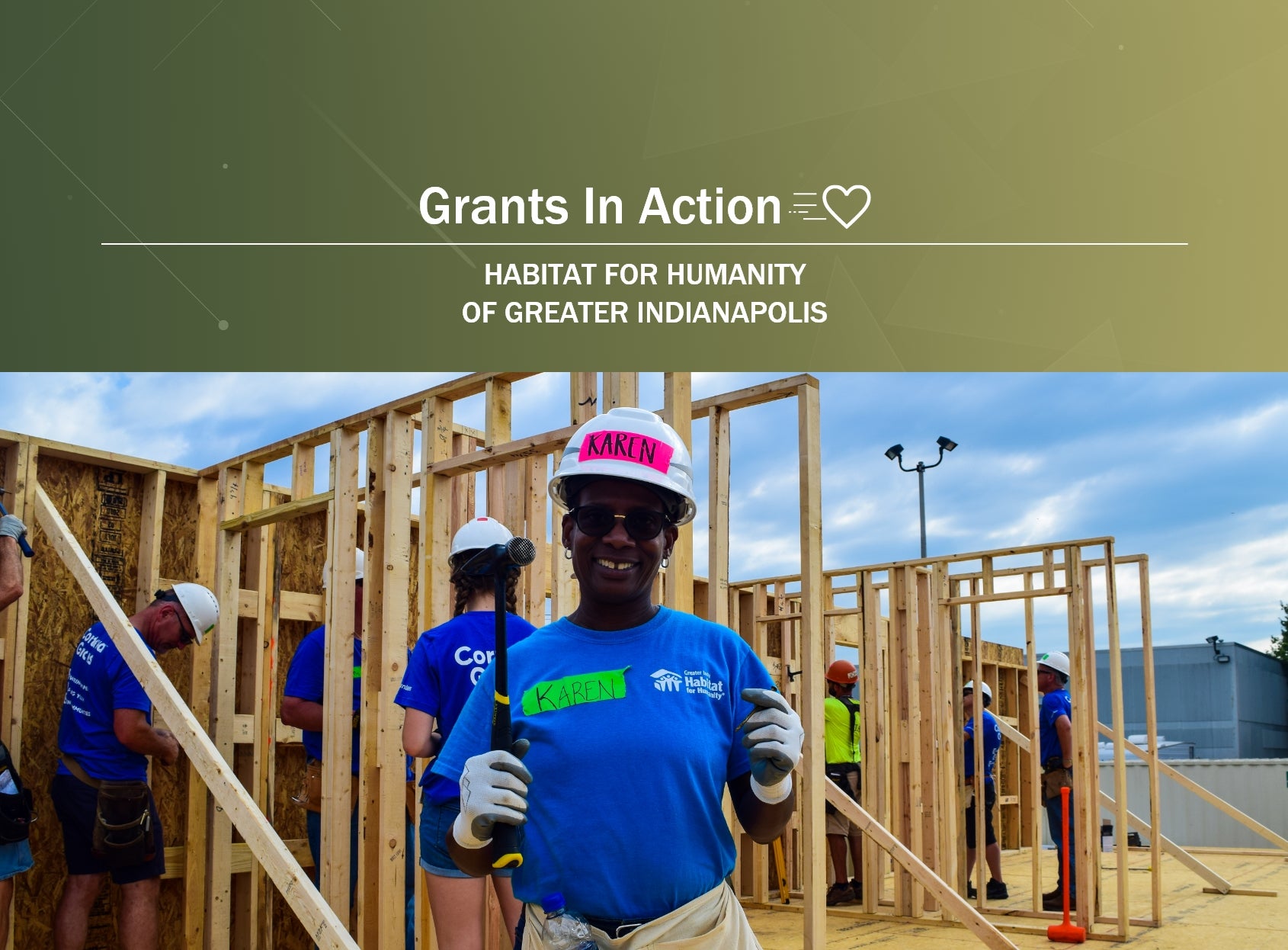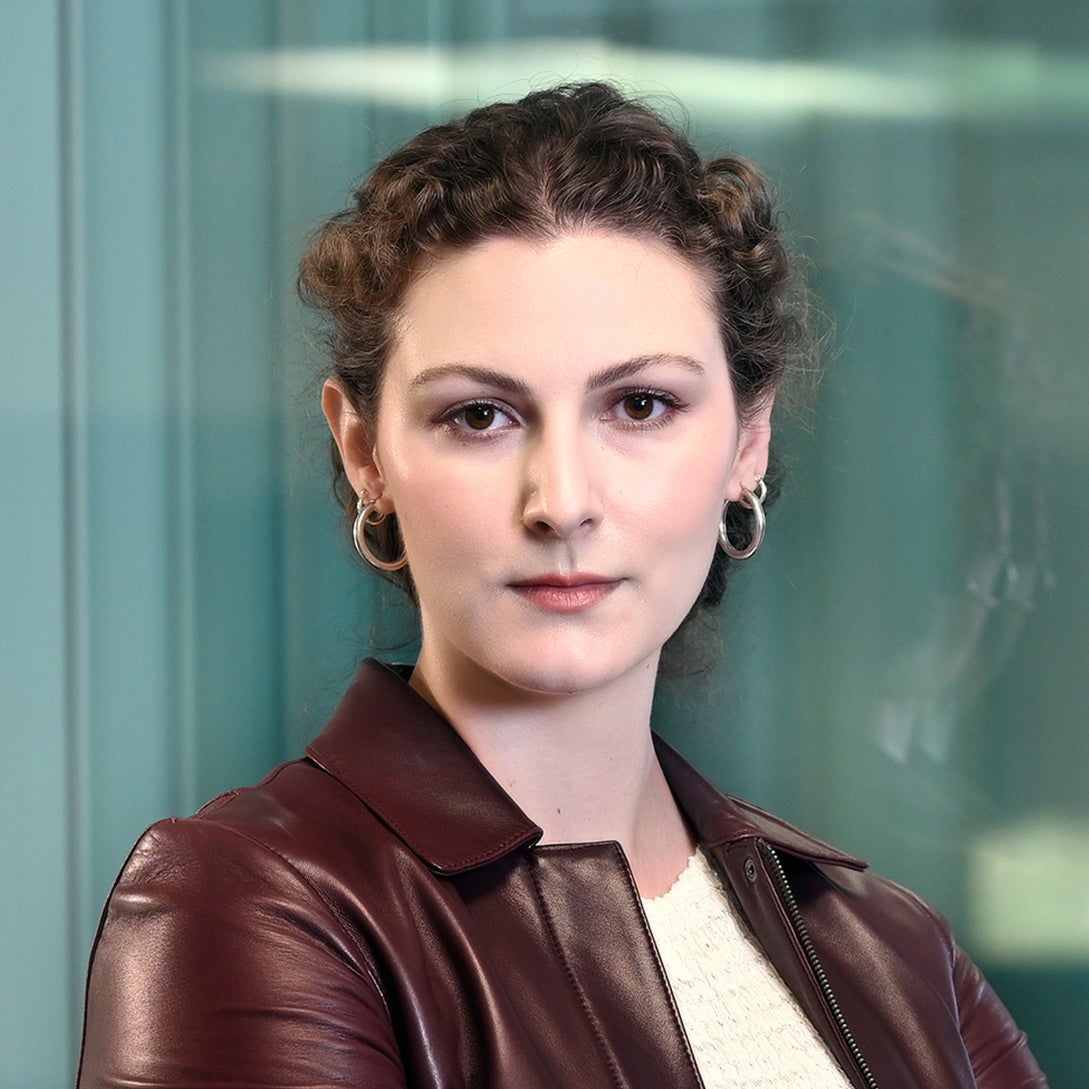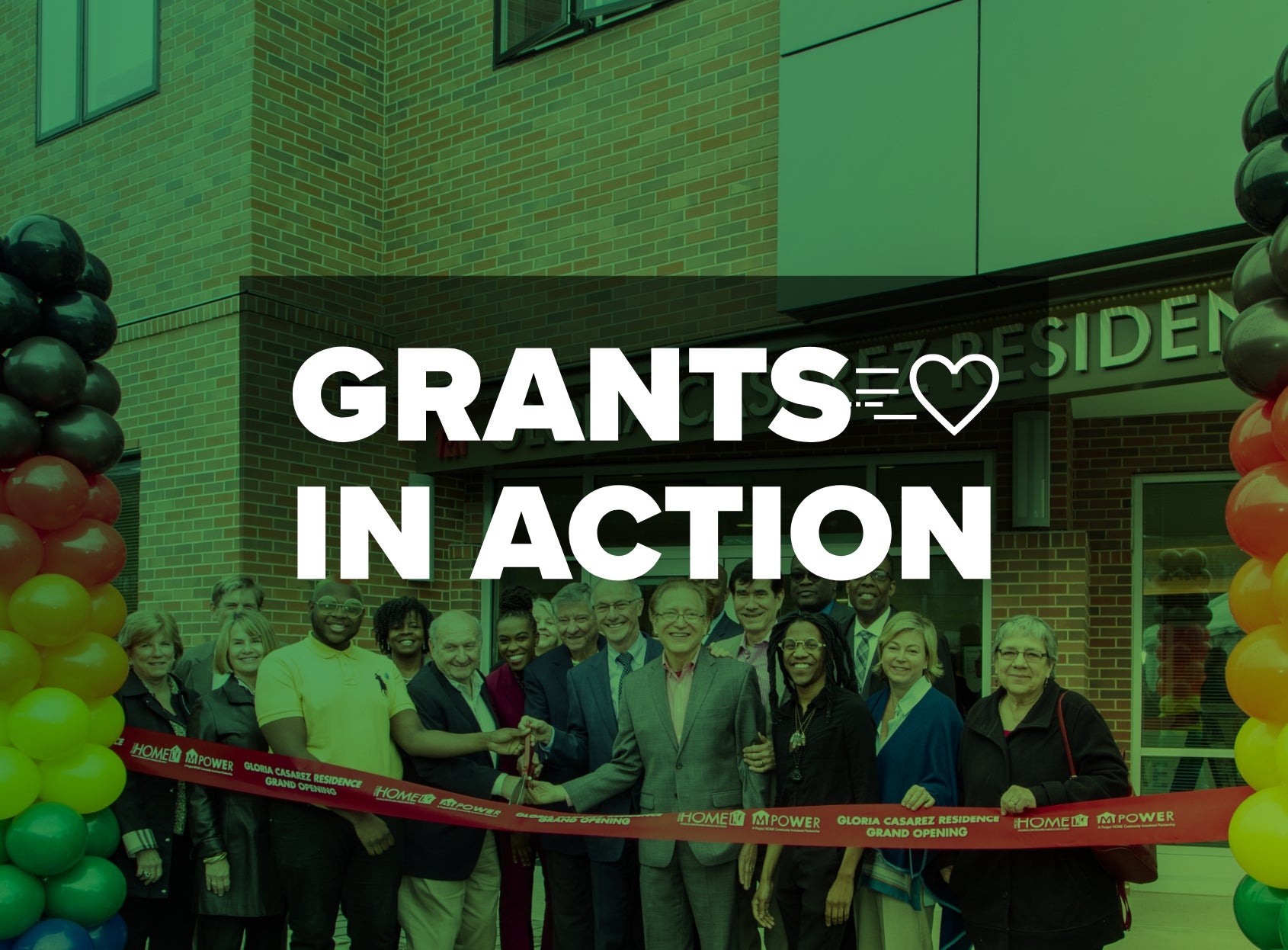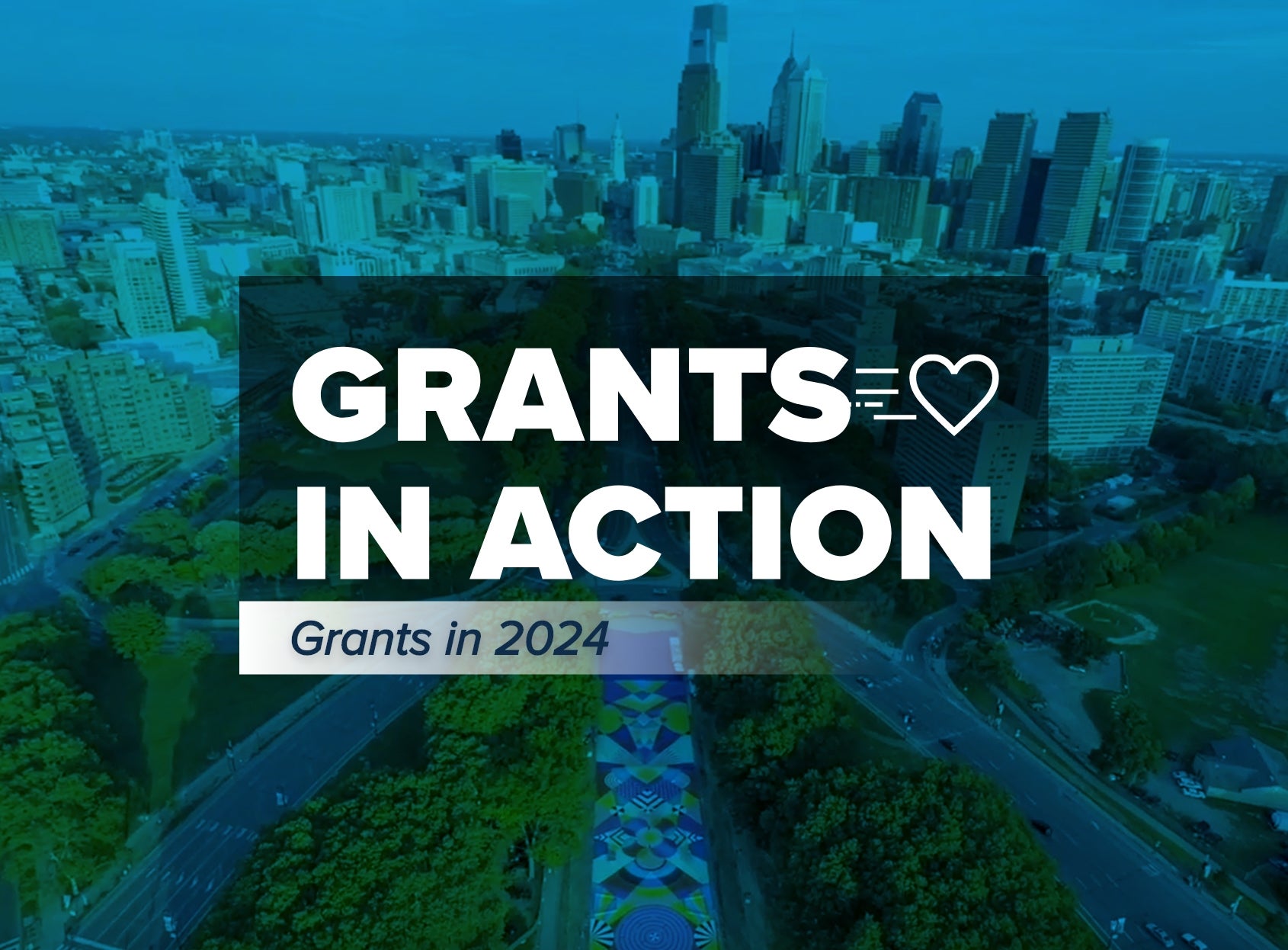Habitat for Humanity Indianapolis Builds Homes, Communities and Hope
National Philanthropic Trust’s donors recommend thousands of grants every year. Grants In Action highlights the breadth of causes and organizations NPT’s donors are supporting with grant recommendations from their donor-advised fund accounts.

Securing safe and affordable housing can seem like a distant, or even impossible, achievement for many individuals and families throughout the United States. According to the National Low Income Housing Coalition, 70% of all extremely low income families spend more than half their income on rent, and more than 6.8 million affordable housing units are needed for extremely low income families.
Indiana has not been immune to the housing crisis, and neither have the people of the state’s largest city, Indianapolis. The city has over 907,000 residents, with a poverty rate of 20.9%. In 2022, the National Housing Preservation Database found that Indianapolis had the highest housing cost burden among all Midwest states for the lowest income residents.
As Abri Hochstetler, the VP of Development and Communication at Habitat for Humanity of Greater Indianapolis puts it succinctly: “If you’re spending 30% of your income on housing, that’s considered cost burdened, and 50% of our families are severely cost burdened.”
Habitat for Humanity of Greater Indianapolis, also known as HabitatIndy, has been serving the community for 35 years, and continues to live by the longstanding organization’s mission of partner housing and, as Hochstetler notes, “getting the community to come together to understand the issue of affordable housing.”
Habitat offers 0% interest mortgages for these homes, providing families complete an education program to prepare them for homeownership, including financial literacy and home maintenance. Once families complete the program, they often help build their own homes, working on the build site shoulder-to-shoulder with the community volunteers who make these opportunities possible.
“We walk alongside each of our families in order to provide them with this life-changing opportunity. Our families are coming to us prepared to purchase their home,” she says.
Hochstetler also notes that homeownership, made possible through Habitat, can have positive long-term effects on the homeowners’ lives, including improving their physical and mental health, performance in school and overall economic prosperity. She adds, “Habitat for Humanity exists to bring people together to build homes, community and hope.”
Back in 2019, a single home would cost HabitatIndy around $90,000 from a materials standpoint, but that number has more than doubled since then, coming in at around $200,000 in 2022. This significant rise in costs, along with an increased need for density, presents HabitatIndy with what they see as an exciting opportunity for growth.
Like so many nonprofits, we have to test and explore to find what works, and that's where the DAF-driven gifts come in. These grants allow us the opportunity to experiment and meet needs as they arise.
Hochstetler says they are looking at constructing duplexes, multifamily homes, infill housing and partnering with communities and local housing agencies as potential solutions to these challenges. Their determination to continue making homeownership possible for deserving individuals and families in the Indianapolis area has yielded encouraging developments. “Next year, we hope to build more new homes than we’ve ever done, so despite all these challenges, we’ve found ways to creatively adapt.”
Adapting to challenges has been all too common for nonprofits, as a result of the COVID-19 pandemic. The effect on volunteerism—a core tenet of Habitat’s project model—proved to be difficult, with a significant dip in 2020 and 2021.
However, the organization has seen a steady bounce back in 2022 and that stability has been a welcome development. “Having that ‘hands on’ experience, helping a neighbor in their community in a very tangible way, is an essential part of our mission,” Hochstetler says.
Another essential part of living out Habitat’s mission comes from reliable, recurring grantmaking, like those made through donor-advised funds (DAFs), which have been vital to the organization’s continued efforts. “Like so many nonprofits, we have to test and explore to find what works, and that’s where the DAF-driven gifts come in; these grants allow us the opportunity to experiment and meet needs as they arise,” Hochstetler notes.
She also points out that unrestricted grantmaking is a key element of support for donors to keep in mind, “Unrestricted funding is huge for an organization, and it tells us that our donors trust us to explore. Advancements and new opportunities for growth become possible when people say we trust you, you’re the experts and we believe in what you do.”
NPT is not affiliated with any of the organizations described herein, and the inclusion of any organization in this material should not be considered an endorsement by NPT of such organization, or its services or products.
NPT does not provide legal or tax advice. This blog post is for informational purposes only and is not intended to be, and shall not be relied upon as, legal or tax advice. The applicability of information contained here may vary depending on individual circumstances.


